Advertisements
Advertisements
प्रश्न
Explain the use of a screw gauge and vernier caliper in measuring smaller distances.
उत्तर
Measurement of small distances: screw gauge and vernier caliper Screw gauge:
The screw gauge is an instrument used for measuring accurately the dimensions of objects up to a maximum of about 50 mm. The principle of the instrument is the magnification of linear motion using the circular motion of a screw. The least count of the screw gauge is 0.01 mm. Vernier caliper: A vernier caliper is a versatile instrument for measuring the dimensions of an object namely the diameter of a hole, or a depth of a hole. The least count of the vernier caliper is 0.1 mm.
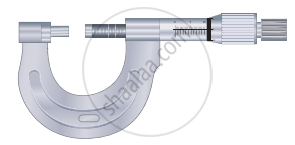
Screw Gauge
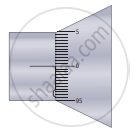
(a) No error

(b) +ve error
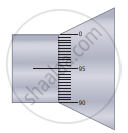
(c) - ve error
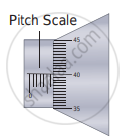
(d) screw gauge reading
A Model reading
PSR = 6 mm; HSC = 40 divisions;
Reading = [6 mm + (40 × 0.01 mm) = 6.40 mm]
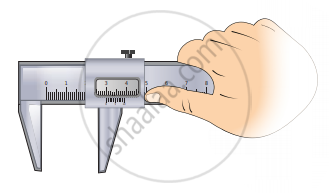
Vernier Caliper
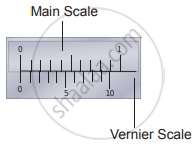
(a) No error

(b) +ve error

(c) - ve error

(d) Vernier reading
A model reading
MSR = 2.2 cm ; VSC = 4 divisions;
Reading = [2.2 cm + (4 × 0.01cm)] = 2.24 cm
APPEARS IN
संबंधित प्रश्न
One of the combinations from the fundamental physical constants is `"hc"/"G"`. The unit of this expression is ______
If the length and time period of an oscillating pendulum have errors of 1% and 3% respectively then the error in measurement of the acceleration due to gravity is ______
Which of the following pairs of physical quantities have the same dimension?
The density of a material in the CGS system of units is 4 g cm-3. In a system of units in which the unit of length is 10 cm and unit of mass is 100 g, then the value of density of the material will be ______
Planck’s constant (h), speed of light in vacuum (c), and Newton’s gravitational constant (G) are taken as three fundamental constants. Which of the following combinations of these has the dimension of length?.
Briefly explain the types of physical quantities.
How will you measure the diameter of the Moon using the parallax method?
Write a short note on the following.
Unit
